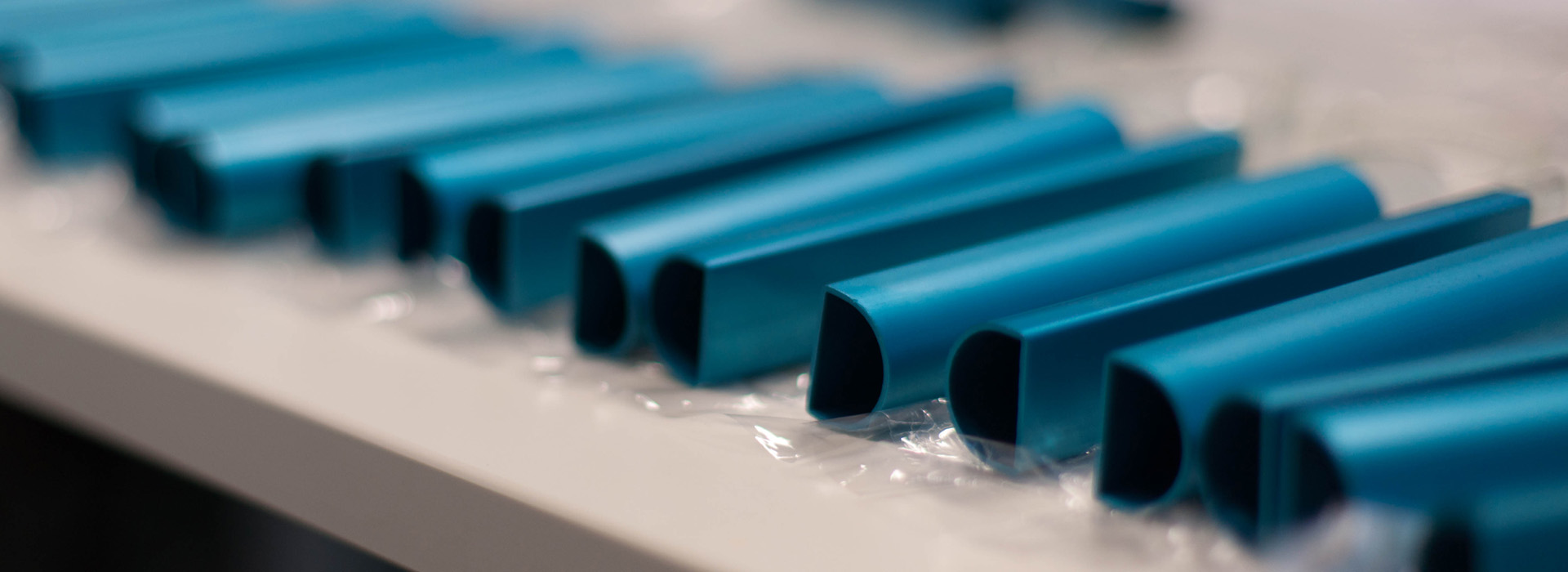Taking the risk out of manufacturing
High volume manufacturing can be a daunting task at the best of times. Especially for start-ups where time is everything and pace can be the difference between success or failure.
As a product development, innovation and commercialisation company we deal a fair bit with manufacturing and all that comes with it. Below are some high-level insights we’ve learned along the way.
Select the Right Manufacturer
A critical step in your production pathway is to select the right manufacturing partner. The right partner ideally has extensive expertise in manufacturing products of your type but is also able and willing to step out of their comfort zone and innovate should any unplanned challenges pop up.
It’s also important to engage early; both to gauge how resolved your design is for manufacture and to understand some of the downstream implications of your design such as assembly costs and quality control. When it comes to multi contextual design (required for all cost effective, high volume manufacturing projects) the more minds on it, the better. Early engagement also allows you to understand where the costs lie which facilitates further design refinement and cost reduction.
In our experience, a key consideration that drives whether we manufacture in New Zealand or abroad, is how contiguous and contained the supply chain is. We’ve often found that NZ is not as well setup in this regard, the likes of China for instance provide a compelling option given the scale of manufacturer internal capabilities.
- Does the manufacturer understand, and is committed to the product vision?
- Are they prepared to co-invest in your product development in return for forming a long-term supply partnership?
- Can they right-size to your business stage, i.e. if you are a start-up with small volumes and unknown demand patterns, can they be flexible enough to work with this and scale-up with you?
- What is their capability and willingness to innovate, solve problems and step out of their comfort zone?
- How quickly can they respond to requests and design changes and are their capabilities tuned for quick turnarounds?
- Do they have established and demonstrable quality control (QC) processes?
- Do they have an extensive supplier network?
- Do they have experience with, and are capable of conforming with your defined market standards and regulations?
De-risk Design and Manufacture
Managing risk through the design and production process is key to guaranteeing a successful outcome. Risk is always present in new product developments and comes in all shapes and sizes. It’s important to understand the key risks attached to your design and its manufacture, and have some form of contingency plan in place should anything take a turn for the worst. Note that this exercise is aimed at reducing risk as much as possible, there is little benefit in simply identifying and accepting the risks without acting on them.
Prototype to the Nth degree
Un-validated designs present huge risks to manufacture. Even with today’s accessibility to rapid prototyping techniques, it may be impossible to simulate some aspects of the production article accurately. Careful thought and decision making is required here. Depending on the specific design and risk, you may in fact find that the best route is to change your design to enable you to prototype and validate before investing in risky production tooling.
Don’t Rely on Manufacturers Expertise
If you did the ground work and selected a good manufacturing partner with specific expertise in your product field, it can be easy to assume that they know best. Their expertise in this area can often dwarf your own yet it is important you always take this at face value. No manufacturer will care about or have as much invested in the product as you. It is your responsibility alone to define the key material, manufacture and QC requirements, and to continuously question and cross-check their decision making.
On the flip side of this, truly partnering with your supplier will evoke their best efforts. Encourage and incentivise them to come forward with their own innovations and improvements.
Product Development Specification
Create, maintain and distribute a detailed product development specification (PDS). This is an essential document that not only details the design intent and critical specifications but can also be used to help engage manufacturers in the story and key drivers behind the product. This helps to increase buy in and form more meaningful and constructive relationships.
Market Regulations
Research and highlight key market regulations early. This helps to identify preferred manufacturing partners where accreditation to certain manufacturing standards may be essential.
Environmental Factors and User Safety
Don’t neglect environmental factors or user safety. Easily lost amongst a myriad of other design factors, environmental impact and user safety are key responsibilities of the designer. Commercial limitations (i.e. costs) often define what’s possible here, but it’s important designers push for their ideals in these areas as best they can. Here at Locus this sustainable mindset is embodied in everything we do.
Keeping track
It is important to keep track of all communications and ensure rigorous procedures are agreed. There are a lot of moving parts at play and little honest mistakes can lead to big consequences like having to get rid of a full production run. The cost implications are huge and being able to track the cause, but importantly preventing it in the first place is essential.
Below are the types of things you may need to consider:
- product prototype sign-off procedure and master sample retention
- rigorous change control procedure
- production batch testing and sample retention instructions
- clear assembly instructions
- labelling, storage, inventory rotation and pick/pack procedures
- batch tracking system from raw materials to finished products
- supplier performance review process
- complaints procedure
- order acceptance and/or demand forecast procedures
Conclusion
There is always a pathway to get your product made. Sometimes the challenge is in choosing the right suppliers, other times it’s in refining so it’s ready for manufacture. It can be tough to get all these elements right, but it’s definitely doable. At Locus, our job is to help people see their product vision become reality. If you’d like our input into your manufacturing challenge, give us a call today. Or even better come see us at SouthMACH 2017 – 24 + 25 May, in Christchurch (NZ).
SouthMACH 2017 is the South Island’s largest Manufacturing, Engineering & Technology trade show, and this year the Locus team are heading along! Not only will we be there alongside Calibre Design, but we will be co-hosting two seminars during the space of the event.
Event information
SouthMACH: The Heartland of NZ manufacturing
24 – 25 May 2017
Horncastle Arena, Christchurch
Trade exclusive event
Want to read more on creativity, design, product development and innovation? Go to our Six Lenses Blog.


Comments